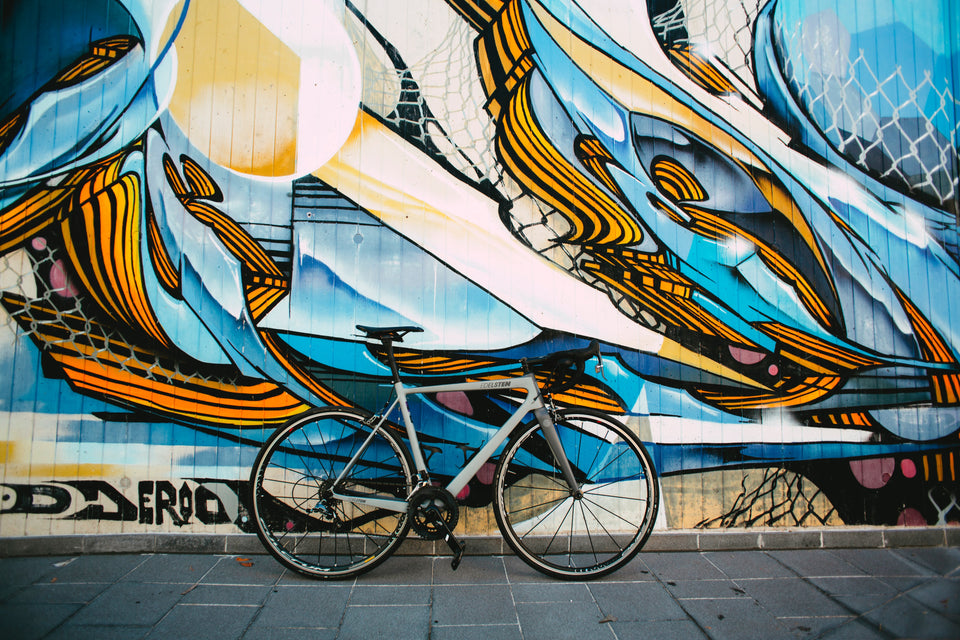Designing Safe Streets for All: Integrating Bike Lanes and Multi-Use Paths
Designing Safe Streets for All: Integrating Bike Lanes and Multi-Use Paths
With an ever-growing population, the demand for efficient, safe and reliable transportation systems has increased. This has prompted urban planners, local governments, and community members to consider how to best design streets that are accessible to everyone. One of the most effective ways to achieve this goal is by integrating bike lanes and multi-use paths as part of the overall roadway design. This blog post will discuss the benefits of this approach, how bike lanes and multi-use paths can be safely and effectively incorporated into a roadway design, and how this integration will ultimately improve the safety and quality of life for people who use the streets.
In recent years, there has been a greater emphasis on creating bike-friendly environments. This is due to the numerous benefits that bike lanes and multi-use paths offer. By providing dedicated lanes for cyclists and pedestrians, these designs ensure that all users of the roadway can safely and conveniently travel. Furthermore, bike lanes and multi-use paths promote physical activity, lower carbon emissions, and reduce traffic congestion. Additionally, these designs can also improve the overall aesthetics of a street or neighborhood.
Incorporating bike lanes and multi-use paths into a roadway design can be a complex process. It is important to consider the overall context of the roadway, and any potential conflicts between different users. Additionally, there are numerous design elements to consider, such as the width of the lane, the type of surface material, and the use of traffic calming and safety measures. There are also legal and liability issues to consider when creating a multi-use path.
By integrating bike lanes and multi-use paths into a roadway design, cities can create a safer and more accessible environment for all users. This will ultimately improve the safety and quality of life for people who use the streets, and help create a more sustainable and equitable transportation system.
Designing Safe Streets For All: Integrating Bike Lanes and Multi-Use Paths
As biking becomes more popular as an environmentally friendly, sustainable transportation option, cities are becoming increasingly aware of the need to plan and design their streets to accommodate all users, including bike riders. Integrating bike lanes and multi-use paths into the design of our cities is a key way to ensure that streets are safe and accessible for all. In this blog post, we will discuss the importance of safely incorporating bike lanes and multi-use paths into urban planning and design.
The Benefits of Bike Lane and Multi-Use Path Integration
Integrating bike lanes and multi-use paths into a city’s street design has many benefits. For starters, it can help reduce traffic and congestion, as bike lanes help alleviate some of the pressure on the roads by providing an alternative and often faster route for cyclists. Bike lanes also enhance safety for cyclists, as they provide a designated space for cyclist to ride without having to worry about vehicles. This is especially important in cities with higher volumes of traffic and higher rates of bicycle accidents.
Multi-use paths can be used to safely connect cyclists with other parts of the city, such as residential areas, parks, and businesses. This can help create a more cohesive and connected city, as bike riders will be able to traverse the city more easily, increasing the likelihood that they will explore the city more often and find places to go. This can help encourage more people to become bike riders, as they will feel more comfortable and safe travelling around their city.
How to Design Bike Lanes and Multi-Use Paths
When designing safe streets for all, it is important to consider the needs of all users, including bike riders. Bike lanes and multi-use paths should be designed with safety and usability in mind. This includes making sure that the lanes are wide enough to accommodate the number of cyclists using them and providing clear and visible markings to ensure that cyclists are aware of their surroundings. Additionally, bike lanes and multi-use paths should be designed to be easily accessible from other parts of the city, such as residential areas and business districts. This will allow cyclists to easily access their destination and make it more likely that they will use their bike to get there.
In addition to designing safe and accessible bike lanes and multi-use paths, it is also important to consider the infrastructure around them. This includes ensuring that there are adequate lighting and signage to make the bike lanes and paths visible at night, as well as providing sufficient parking for cyclists. This will help create an environment that is conducive to biking and make it easier for cyclists to find and use the bike lanes.
Conclusion
Integrating bike lanes and multi-use paths into the design of our cities is a key way to ensure that streets are safe and accessible for all users. Doing so can help reduce traffic and congestion, enhance safety for cyclists, and make cities more cohesive and connected. When designing safe streets for all, it is important to consider the needs of all users and to create an infrastructure that is designed to be easily accessible from other parts of the city. With these considerations in mind, cities can become more bike-friendly and safer for all users.
In conclusion, designing safe streets for all users, including cyclists and pedestrians, requires a multi-pronged approach that integrates bike lanes, multi-use paths, and other infrastructure. Research has shown that bike lanes and multi-use paths are effective in reducing conflicts between cyclists and motorists, and also in reducing overall motor vehicle speeds. By designing streets to accommodate cyclists, we can create safe, comfortable, and enjoyable streets for all users. Furthermore, designing safe streets for all users should also involve the consideration of user needs, including the needs of cyclists, pedestrians, the elderly and disabled, and people of all ages. By building complete streets that take into account the needs of all users, communities can create safe, accessible, and attractive spaces that will benefit everyone. Finally, it is essential that communities prioritize the safety and well-being of all road users when designing their streets. By integrating bike lanes and multi-use paths, communities can create a safer, more efficient, and more enjoyable streetscape for all users.










